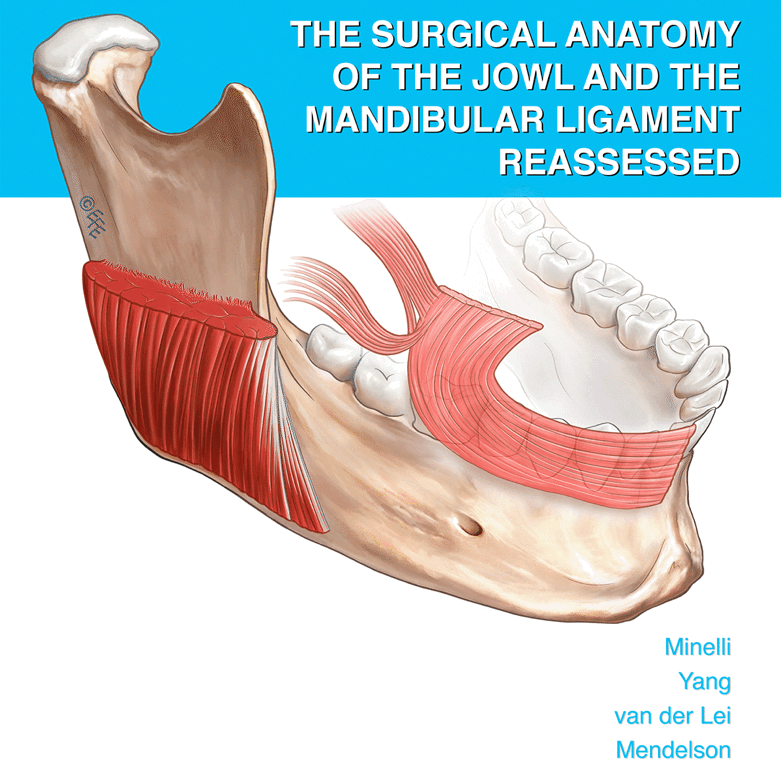Abstract
Purpose
Midface reconstruction poses a complex set of challenges for reconstructive surgeons. The optimal midface reconstruction must possess a durable underlying bone construct capable of integrating dental implants. Facial contour is restored by the overlying microvascular soft tissue reconstruction with reestablishment of the oral cavity. A plethora of microvascular flaps used in clinical practice have been described including those harvested from the iliac crest, scapula, fibula, forearm and back (latissimus dorsi). The objective was to share our experiences with each of these treatment options that have continued to evolve over time for the benefit of patients.
Methods
Our institution has over three decades of experience in reconstructing complex midface defects and this article summarizes midface reconstruction from an evolutionary perspective (for type II, III and IV defect; Browns classification, Supplementary Table I). We broadly divide this into (i) flaps supplied by the subscapular system (ii) autologous reconstruction with titanium mesh and (iii) fibula microvascular flaps using 3D planning.
Results
The advantages and disadvantages for each approach are discussed (Supplementary Table II).
Conclusion
In the future, it is expected that 3D planning coupled with rapid prototyping, intraoperative navigation and CT imaging will become standard procedural practice.



Similar content being viewed by others
References
Hidalgo DA (1989) Fibula free flap: a new method of mandible reconstruction. Plast Reconstr Surg 84(1):71–79
Parr GR, Gardner LK (2003) The evolution of the obturator framework design. J Prosthet Dent 89(6):608–610
Brown JS et al (2000) A modified classification for the maxillectomy defect. Head Neck 22(1):17–26
Futran ND, Mendez E (2006) Developments in reconstruction of midface and maxilla. Lancet Oncol 7(3):249–258
Brown JS (1996) Deep circumflex iliac artery free flap with internal oblique muscle as a new method of immediate reconstruction of maxillectomy defect. Head Neck 18(5):412–421
Shrime MG, Gilbert RW (2009) Reconstruction of the midface and maxilla. Facial Plast Surg Clin North Am 17(2):211–223
Futran ND et al (2002) Midface reconstruction with the fibula free flap. Arch Otolaryngol Head Neck Surg 128(2):161–166
Chepeha DB et al (2005) Osseocutaneous radial forearm free tissue transfer for repair of complex midfacial defects. Arch Otolaryngol Head Neck Surg 131(6):513–517
Bianchi B et al (2006) Maxillary reconstruction using rectus abdominis free flap and bone grafts. Br J Oral Maxillofac Surg 44(6):526–530
Suga H et al (2007) Combination of costal cartilage graft and rib-latissimus dorsi flap: a new strategy for secondary reconstruction of the maxilla. J Craniofac Surg 18(3):639–642
Lueg EA (2004) The anterolateral thigh flap: radial forearm’s “big brother” for extensive soft tissue head and neck defects. Arch Otolaryngol Head Neck Surg 130(7):813–818
Kosutic D et al (2008) Latissimus dorsi-scapula free flap for reconstruction of defects following radical maxillectomy with orbital exenteration. J Plast Reconstr Aesthet Surg 61(6):620–627
Liu YM et al (2006) Functional reconstruction of maxilla with pedicled buccal fat pad flap, prefabricated titanium mesh and autologous bone grafts. Int J Oral Maxillofac Surg 35(12):1108–1113
Dediol E et al (2013) Brown class III maxillectomy defects reconstruction with prefabricated titanium mesh and soft tissue free flap. Ann Plast Surg 71(1):63–67
Choi JW, Kim N (2015) Clinical application of three-dimensional printing technology in craniofacial plastic surgery. Arch Plast Surg 42(3):267–277
Mucke T et al (2011) Maxillary reconstruction using microvascular free flaps. Oral Surg Oral Med Oral Pathol Oral Radiol Endod 111(1):51–57
Wang F et al (2017) Functional outcome and quality of life after a maxillectomy: a comparison between an implant supported obturator and implant supported fixed prostheses in a free vascularized flap. Clin Oral Implants Res 28(2):137–143
Han HH et al (2018) Reconstruction of complex maxillary defects using patient-specific 3d-printed biodegradable scaffolds. Plast Reconstr Surg Glob Open 6(11):e1975
Seitz H et al (2005) Three-dimensional printing of porous ceramic scaffolds for bone tissue engineering. J Biomed Mater Res B Appl Biomater 74(2):782–788
Cooke MN et al (2003) Use of stereolithography to manufacture critical-sized 3D biodegradable scaffolds for bone ingrowth. J Biomed Mater Res B Appl Biomater 64(2):65–69
Wang X, Schroder HC, Muller WE (2014) Enzymatically synthesized inorganic polymers as morphogenetically active bone scaffolds: application in regenerative medicine. Int Rev Cell Mol Biol 313:27–77
VanKoevering KK, Zopf DA, Hollister SJ (2019) Tissue engineering and 3-dimensional modeling for facial reconstruction. Facial Plast Surg Clin North Am 27(1):151–161
Funding
The authors have not disclosed any funding.
Author information
Authors and Affiliations
Corresponding author
Ethics declarations
Conflict of interest
The authors have not disclosed any competing interests.
Human and animal rights
No animal research was performed. Images of participants have been taken with prior consent. Non-essential identifying details have been omitted and visual features (eyes) have been covered
Ethical approval
No IRB approval was required.
Additional information
Publisher's Note
Springer Nature remains neutral with regard to jurisdictional claims in published maps and institutional affiliations.
Supplementary Information
Below is the link to the electronic supplementary material.
Rights and permissions
About this article
Cite this article
Vedran, U., Kavit, A., Igor, B. et al. Evolution of midface microvascular reconstruction: three decades of experience from a single institution. Eur Arch Otorhinolaryngol 279, 4173–4180 (2022). https://doi.org/10.1007/s00405-022-07321-x
Received:
Accepted:
Published:
Issue Date:
DOI: https://doi.org/10.1007/s00405-022-07321-x




